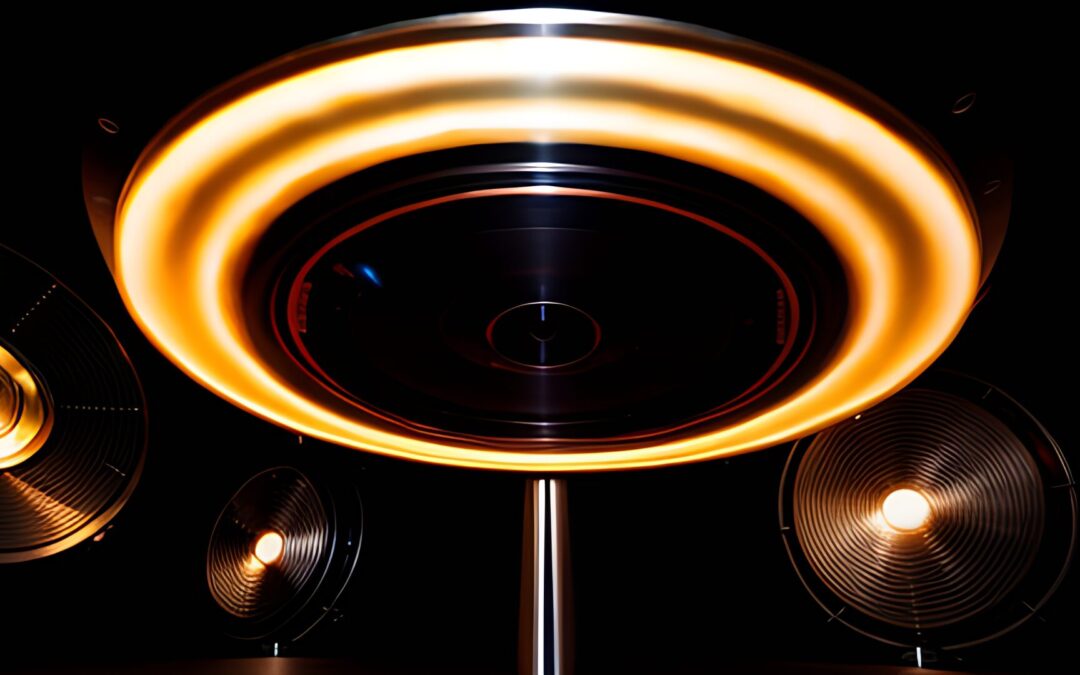I will get straight to the point, construct a Flywheel with the maximum structural integrity possible and reinforce it’s structural integrity with super-magnetism, then increase the circular velocity to near the Speed-of-Light!
The result will be Relativistic Effects in the vicinity of the flywheel such as elapsed-time stretching (time will slow down), similar to being in the vicinity of a Black Hole.
Deploy two near-lightspeed flywheels in proxmity to each other, have them “rotate” around each other at mundane velocities, and the result will by artificially created Gravitational Waves.
Deploy another pair of near-lightspeed flywheels in such a manner as to create a Gravitational Wave Nodal Pattern.
Arrange these Relativistic Flywheels in such a manner as to produce a Gravitational Standing Wave, take a measurement of the speed-of-light at the crest of the Gravitational Standing Wave and note that light at this crest in Spece(Time) travels faster-than-light without travelling faster-than-light, depending on your Relativistic Frame-of-Reference.
Now build a Starship with an Impulse Engine capable of at least 10% the speed-of-light (higher velocities if possible), include a “Warp Engine” consisting of Relativistic Flywheels that will envelope the Starship on top of the crest of a Gravitational Standing Wave, and set course for the nearest Star System!
Somebody with a Ph.D. is probably going to indignantly point out that the velocity of a Gravitational Wave is the speed-of-light not faster than the speed-of-light. In fact, the velocity of a naturally occurring Gravitational Wave is the Sum Total of the velocities of the Wave at each point along the Wave with the velocity dropping sub-lightspeed along the Gravitational Trough and surpassing lightspeed along the Gravitaitonal Crest. Producing a stable stationary Gravitational Crest will result in a region of Space(Time) that sustains Faster-than-Light capability.
In Laymans Terms, a race between two photons in ordinary “flat” Space(Time) will always result in a tie between photons “A” and “B”. However, if photon “A” always travels along a Gravitational Crest and photon “B” always travels along the Gravitational Trough, then photo “A” will cross the finish line before photon “B” and therefore photon “A” is said to be travelling faster than the speed-of-light as compared to the Frame-of-Reference of photon “B” whereas photon “A” is not travelling faster than the speed-of-light within it’s own Frame-of-Reference of photon “A”.
In brief, the problem of travelling faster-than-light without travelling faster-than-light is only a paradox when searching for a solution within a Newtonian single Frame-of-Reference.
It should be noted that a Starship travelling at 10% the speed of light will take 80 Earth Years round trip to Proxima Centauri and back again. A “Warp Drive” capable of multiplying elapsed-time by a factor of 10x will result in the Starship returning to Earth after only 8 Earth Years from the Frame-of-Reference on Earth. The Starship, and any Human crew aboard, will age 80 Years regardless of the use of a “Warp Drive” according to it’s own Frame-of-Reference.
However, a Starship travelling at 99.99995% the speed-of-light (with 1/10th time dilation) will result in Astronauts aging by 0.8 Years round-trip to Proxima Centauri in combination with a “Warp Drive” factor of 10x and the Astronauts will return to Earth with their Friends and Family also aging by the same 0.8 Years.
“Make it so!”
